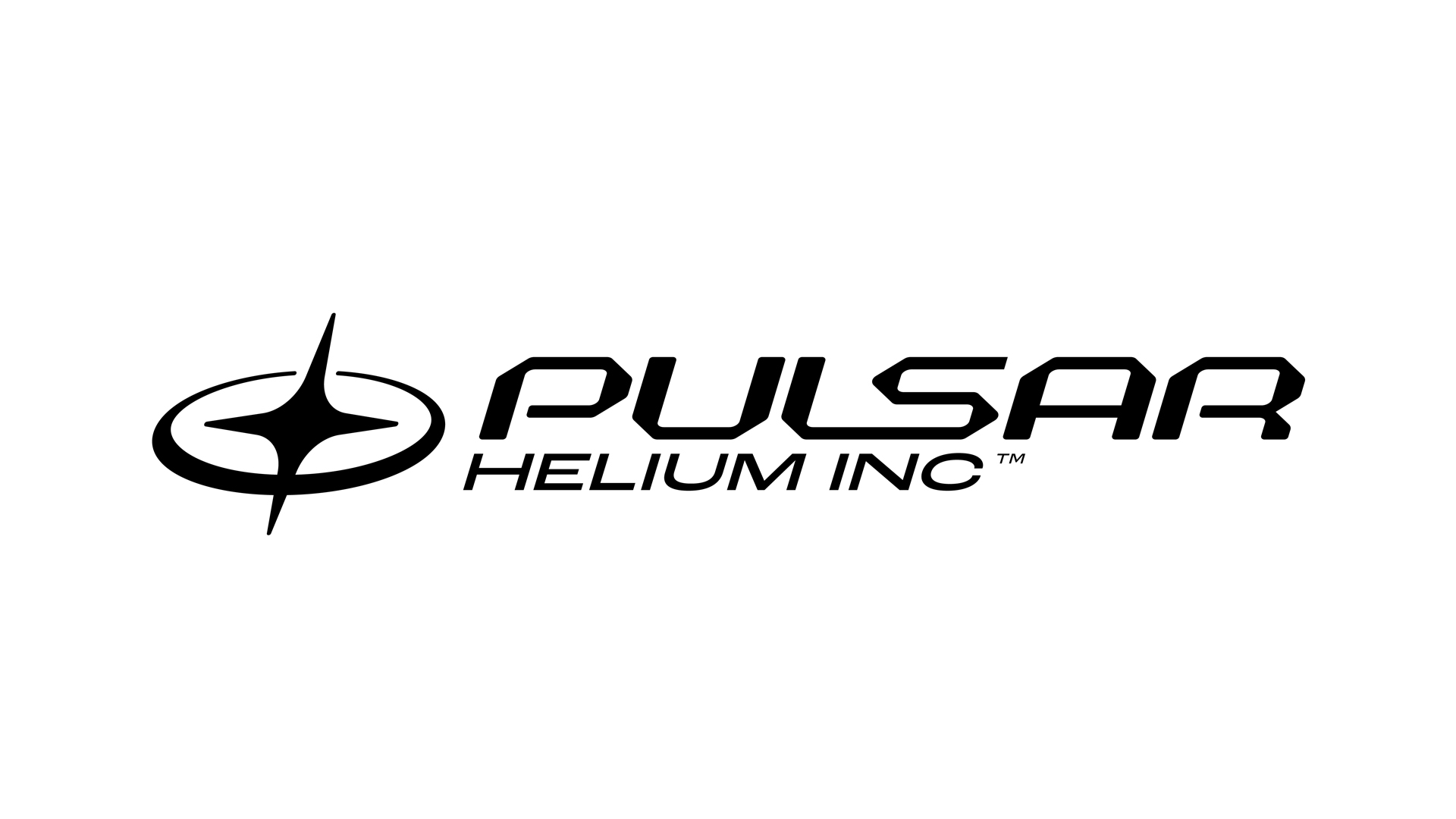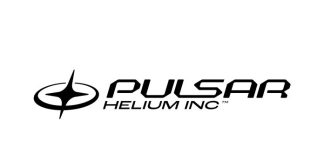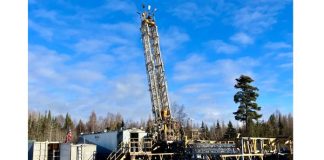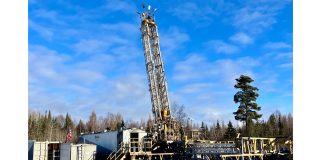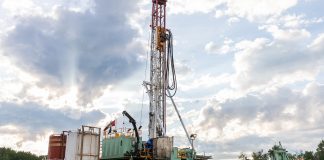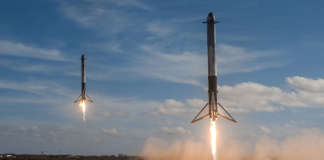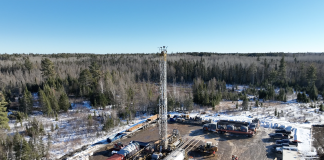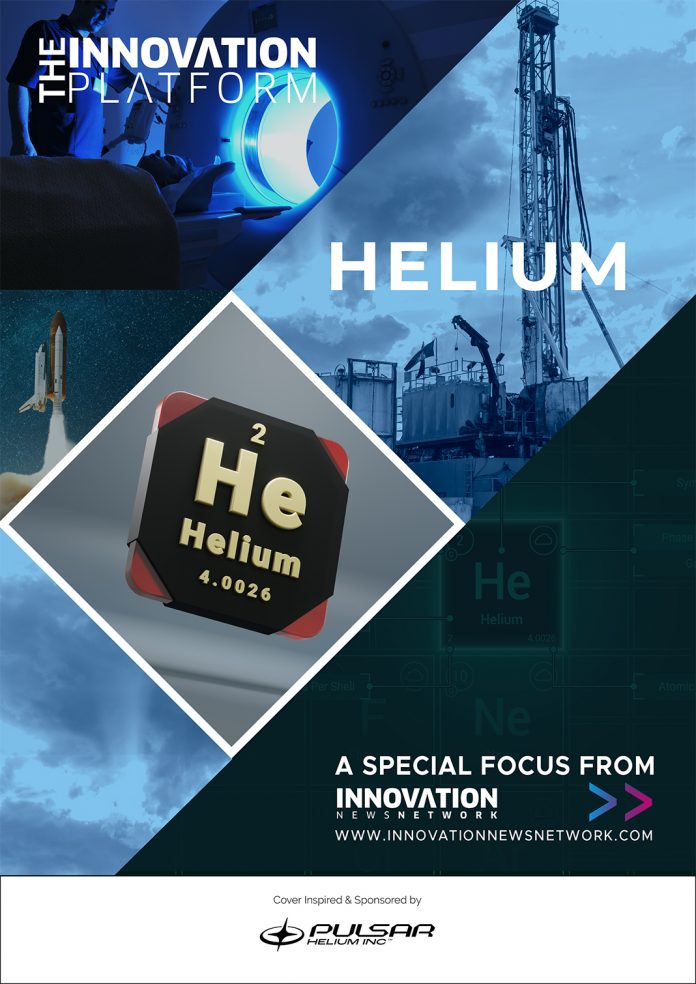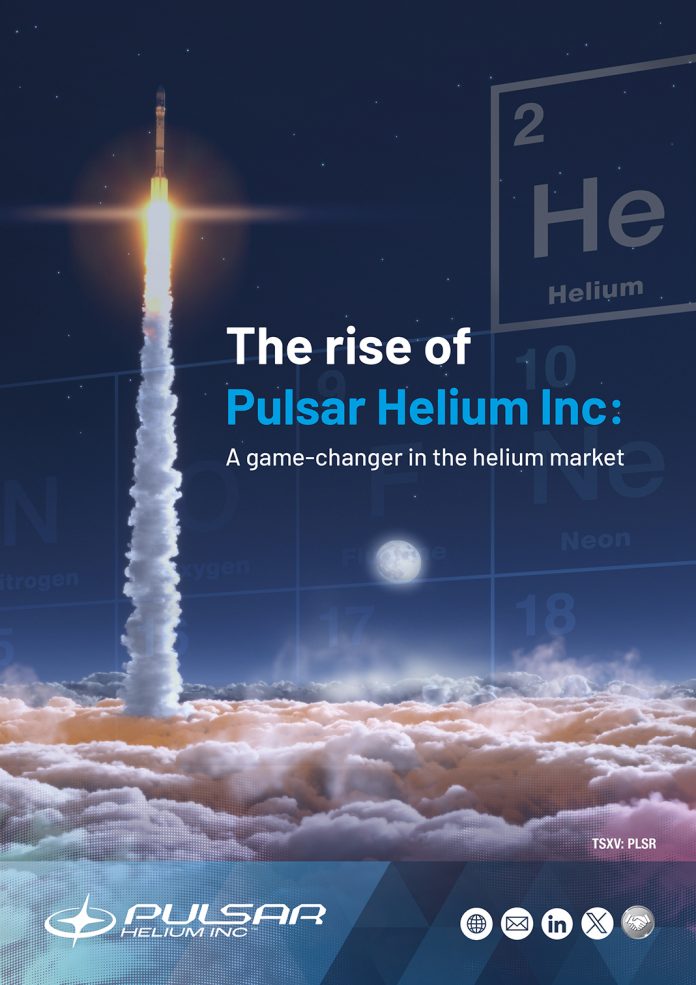Pulsar Helium Inc. is committed to advancing its helium projects to the point of potential production, to ensure that the world can successfully secure a supply of primary helium.
Pulsar Helium Inc exists to bring clarity to an otherwise opaque and little-known commodity. Opaque in the sense that there is no open market for the trading of helium, and little-known as it is typically associated with its use in balloons, while neglecting its more important applications in science and technology.
Pulsar is a private company registered in British Columbia, Canada but intend to list on the Venture Exchange of the TSX in 2023. Canada was chosen due to Pulsar’s assets being in North America, and the number of helium peer companies that are also listed there.
Pulsar’s main aims
The prize is developing Pulsar’s projects to the point of potential production, with the Topaz Project in the USA being the most advanced. It is located in Minnesota, a state where Pulsar is the first mover for helium exploration. Topaz has previously been drilled and flowed a helium concentration of 10.5%, one of the highest in the world. The discovery has been reviewed by Sproule International Ltd, and the upcoming work program will determine the viability of Topaz to become a commercial operation. Should it be successful Pulsar’s intention is to make the production facility carbon-neutral and be an independent producer of helium.
Drilling an appraisal well at the Topaz Project in Minnesota is scheduled for Q4 2023. Permitting, well design and rig selection are at an advanced stage. The well will be drilled nearby to the discovery hole and all applicable down-hole testing will be conducted.
Meanwhile, Pulsar’s Tunu Project in Greenland is at an earlier stage, but with the requisite geological features sought after for a helium system. The land position is large, close to 700,000 acres of exclusive mineral rights. Like Topaz, Pulsar is the first mover in Greenland for helium exploration.
Ensuring that primary helium projects are developed
Pulsar is a dedicated explorer and developer of primary helium projects. The word ‘primary’ is important, as Pulsar focuses on assets where the primary economic driver is helium, it is not a by-product, and not associated with significant hydrocarbons.
The world’s largest primary helium source is the U.S. National Helium Reserve in Texas, which is in decline and will be depleted in the next few years. Supply is now heavily dependent on sources where helium is a by-product of natural gas production with no flexibility to increase output. Accordingly, with the U.S. National Helium Reserve soon to go offline, the flywheel in the system has been lost and with it the ability to provide helium to the world market consistently. This is the opportunity for Pulsar, with the added benefit of its assets being in North America, the largest helium market.
While primary helium occurrences are rare, the team at Pulsar has a track record of identifying locations such as our Minnesota and Greenland projects, in addition to previous work in Tanzania. Pulsar takes a truly global approach and constantly assesses projects that may complement its existing assets.

